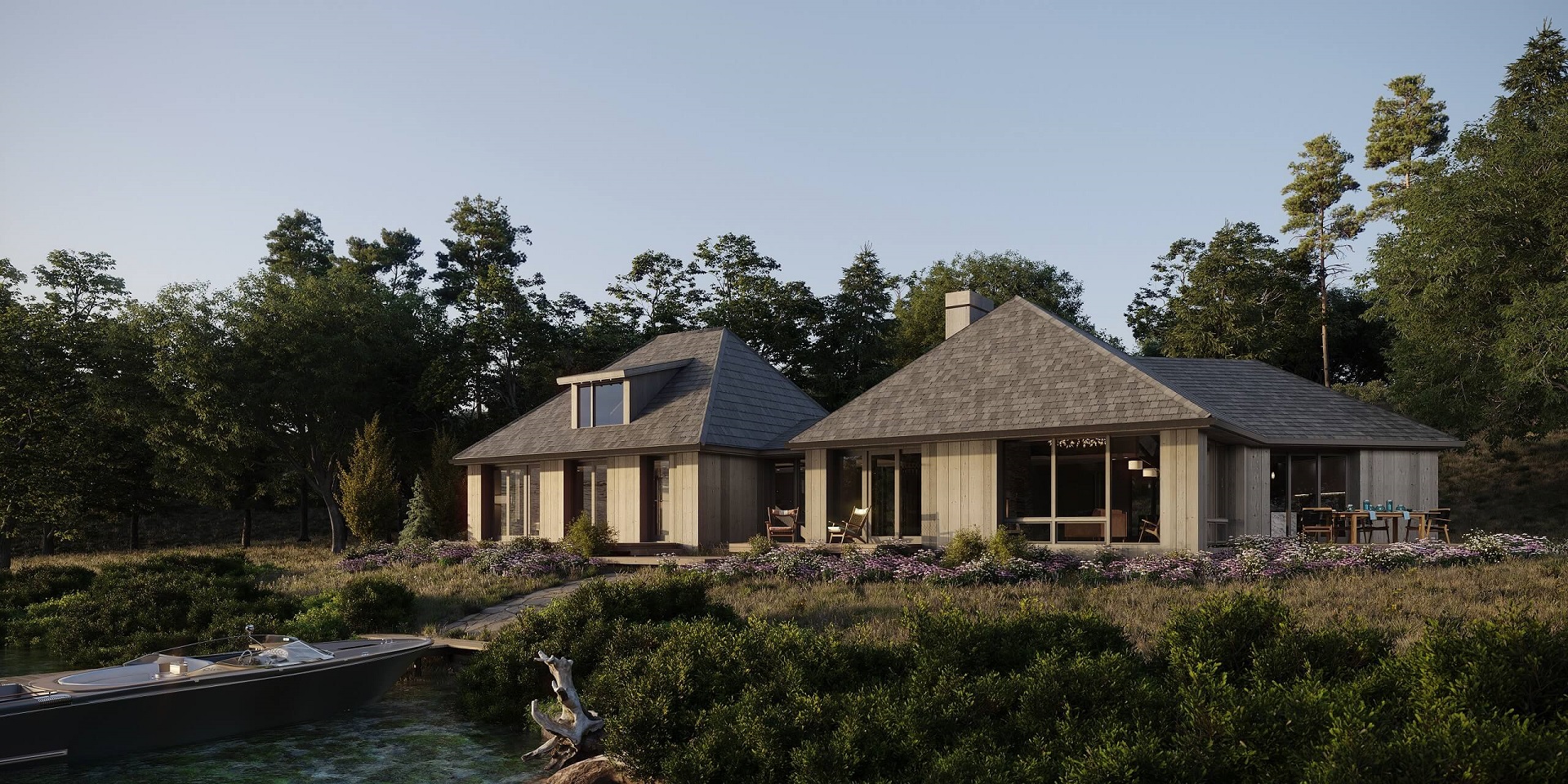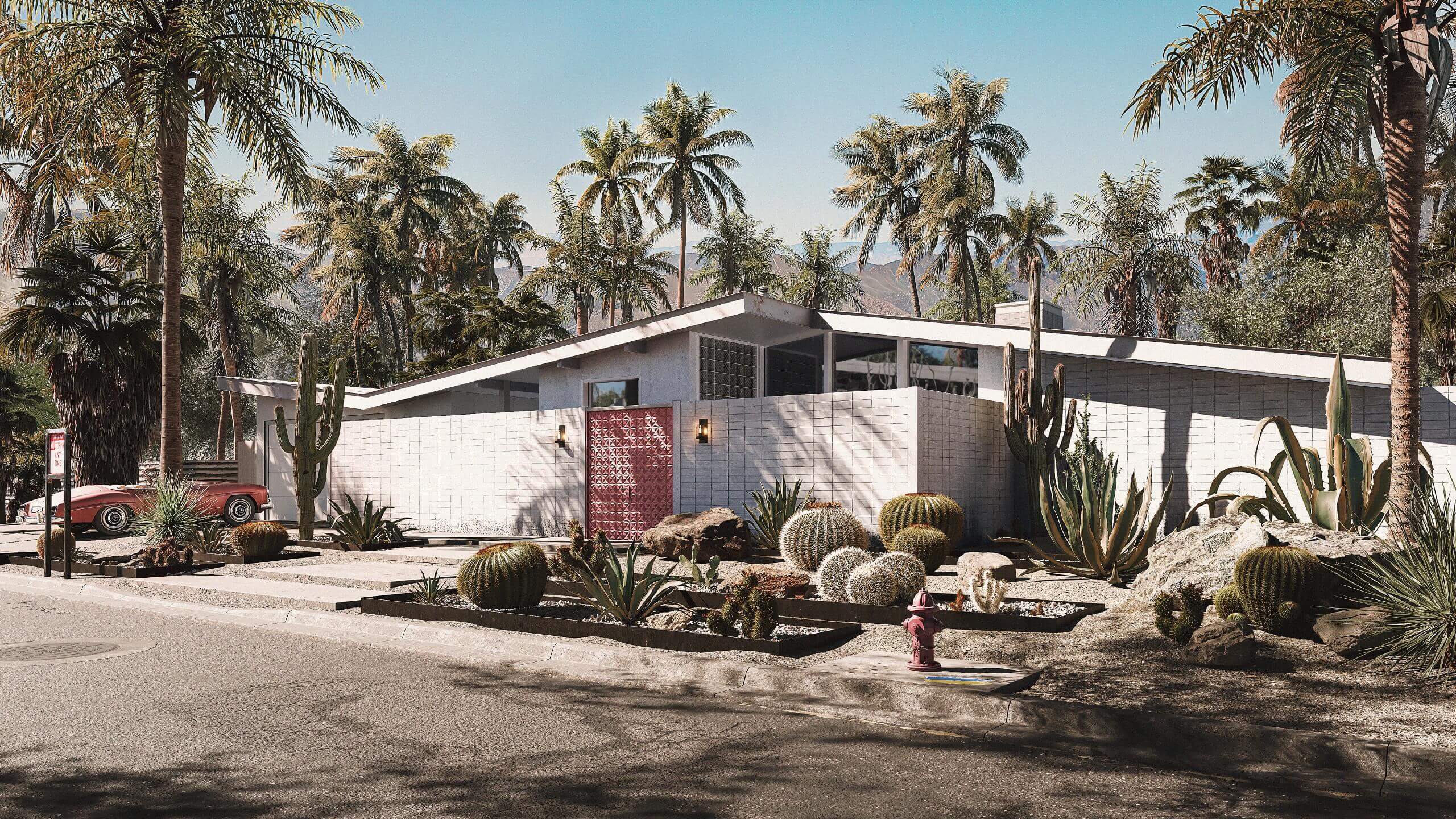Residential architectural rendering is dominating the market, and for good reasons. CGI can visualize things that don’t exist yet, which is a lifesaver for architects who would otherwise have no visual representation of their designs, at least worthy of showing at project presentations. Some architects are even studying 3D rendering and doing research at dedicated resources. However, there are seven important things that no encyclopedia can tell about 3D visualization – something that only an experienced 3D rendering company can share. So let’s find out what these things are!
Residential Architectural Rendering: What You Didn’t Know
#1. High-Quality 3D Renders Are On Par With Professional Photos

There still is a misconception that even the best architectural renderings can’t compare to real-life photos. Modern architectural rendering software is capable of producing visuals that are almost indistinguishable from photographs. A perfect use for residential 3D rendering for architects is project presentations – not only are they much more informative than hand-drawn sketches or charts, but they also look gorgeous at the same time.
#2. Residential Architectural Rendering Is Perfect For Filling Portfolios

The majority of architectural community fills their portfolios with finished building images, which means that building up a sizeable reputation will take years, and such people are hardly getting enough clients to make their work sustainable. 3D residential rendering solves the issue with ease. Outsourcing design visualization will allow both individual architects and architectural companies to drastically expand their portfolios in the shortest amount of time possible, compared to how long things take to be done in the industry. Sure, the actual houses are not built yet, but pictures look very enticing, attracting investors.
#3. Professional 3D Residential Rendering Gives Advantages In Advertising

Online advertising sets higher standards than traditional means. Ecommerce demands high-quality visuals to make an impact and a lot of them are to keep up the momentum, act as failsafe, or just to have materials in stock for future campaigns. Given the facts that you have found out so far, the advantages of residential architectural rendering become obvious now. Today, you can order photorealistic exterior and interior visuals for your website that are more than enough to shut down the rational thinking of customers and make them crave your designs, as well as get pictures in bulk to last for a while in the ever-changing sea of online marketing. Never again would you ask yourself “How to find architecture clients with a website?”!
Ensure your exterior design project leaves a lasting impression and takes your clients’ breath away with stunning visuals.
#4. 3D Rendering Comes In Various Styles

There is no “one size fits all” principle when it comes to styles that different 3D rendering studios use in their work. CGI comes not just in form of monolithic “photorealism”, but rather as a variable scale of realism. Images can be made to look like they’ve been painted with different paints, given a stylistic filter, or just photorealistically rendered – each best suited for different residential architectural rendering goals. Architectural rendering techniques vary as well, just like styles of buildings do.
#5. A Good 3D Artist Is Also A 3D Modeler, A Photographer, and An Architect

Any creative person tends to specialize in one sphere, rarely branching into others. However, specialists in residential 3D rendering can do more than that. A good 3D artist working on residential projects is also a savvy 3D modeler, knows quite a lot about real estate photography and has “architecture 101” training to top it all off! With this in mind, don’t refrain from discussing your designs with contractors – after all, they will do their best to visualize your ideas in best ways possible.
#6. Most Prominent Architects Use 3D Renderings For Their Project Presentations
One might think that rendering real estate projects is only reserved for relatively small fish in the business and famous architects can afford large-scale props to visualize their ideas. That is a huge misconception, to say the least. All prominent figures in architecture of today have realised the potential of architectural 3D rendering and are actively using it in their work. For example, Ingels Bjarke and Zaha Hadid’s designs are ambitious, innovative and unconventional, so visualizing them with hand-drawn sketches is ineffective and with props is too difficult and expensive. This is why they started cooperating with 3D architectural visualization studios in late 2000s to bring their designs to life.
#7. Residential Rendering Is A Form Of Art

Residential architectural rendering can be seen as purely utilitarian, but there is much more than that. Think of it – even if you are designing a run-of-a-mill real estate project, you flex your creative muscles and do it with passion. The same is the case with 3D artists – they share their works via social media, perfect their technique and style, have their own personal additions to images, and compete with each other. Look no further than websites like Behance, Archilovers, and Evermotion – they are full of examples of how residential 3D rendering can be made into artworks. ArchiCGI is no exception, either. Our specialists often take part in CGI contests and have even won editorial prizes several times!
Want to learn how much your project costs? See how we evaluate 3D rendering projects
Residential architectural rendering is a very effective tool to showcase designs of famous and lesser-known people alike, a form of art that removes limits from creativity. Want to bring your real estate project ideas to life? Get high-quality 3D renders today with our professional 3D services!

Irma Prus
Content Writer, Copywriter
Irma writes articles and marketing copy for ArchiCGI. Her dream is that more people discover the power of CGI for architecture. Irma is into neuromarketing, ruby chocolate and Doctor Who series.




